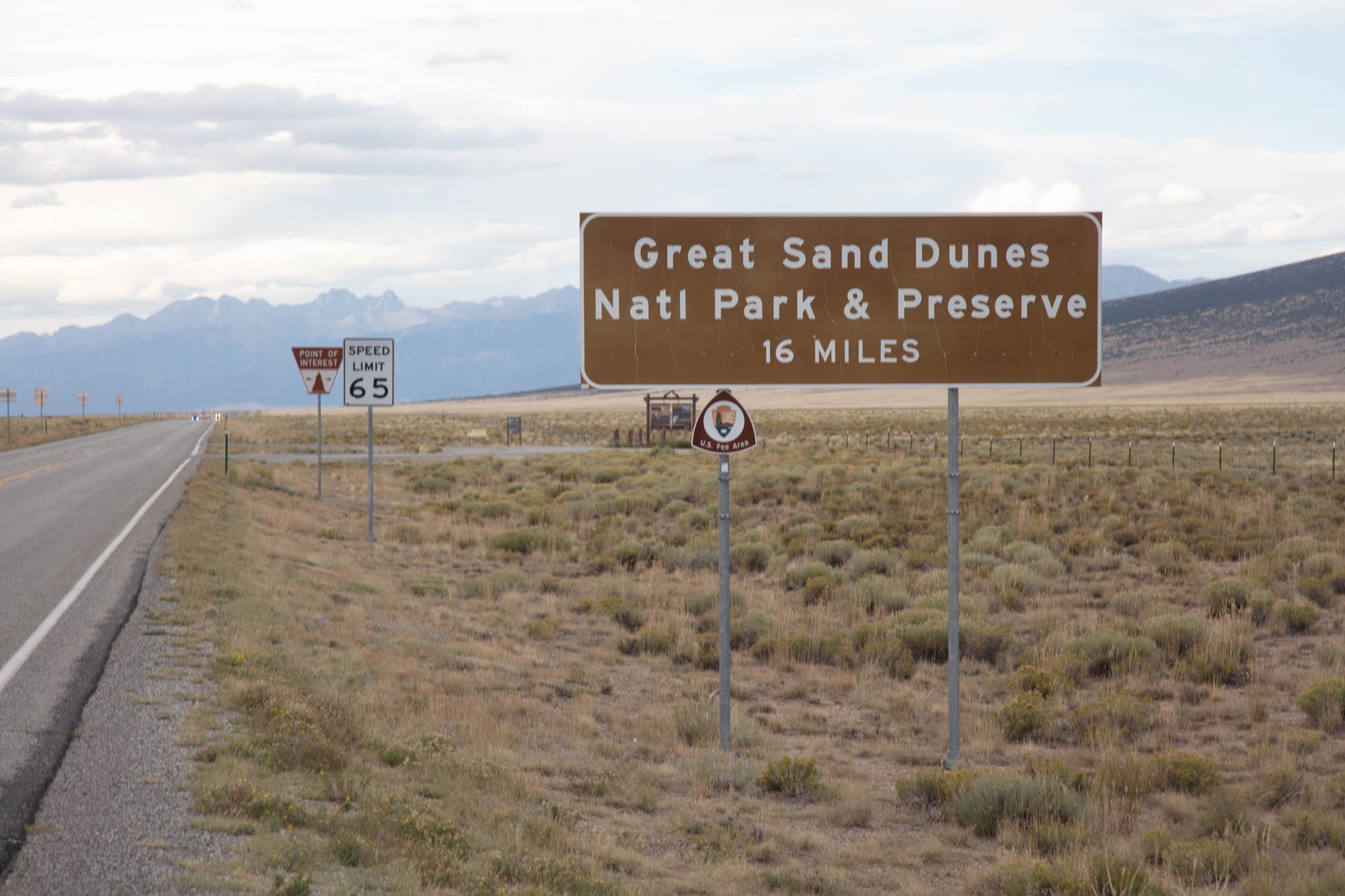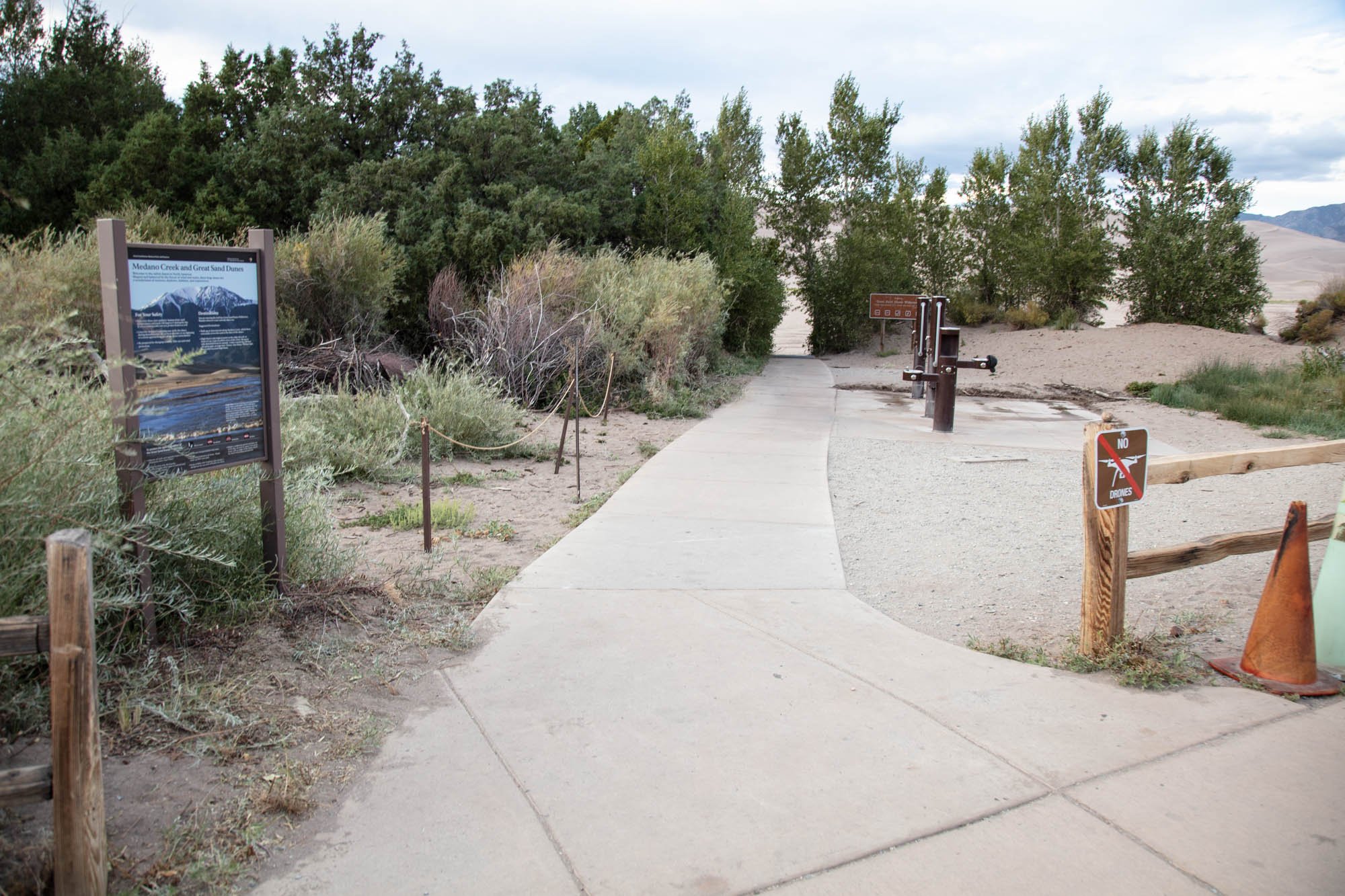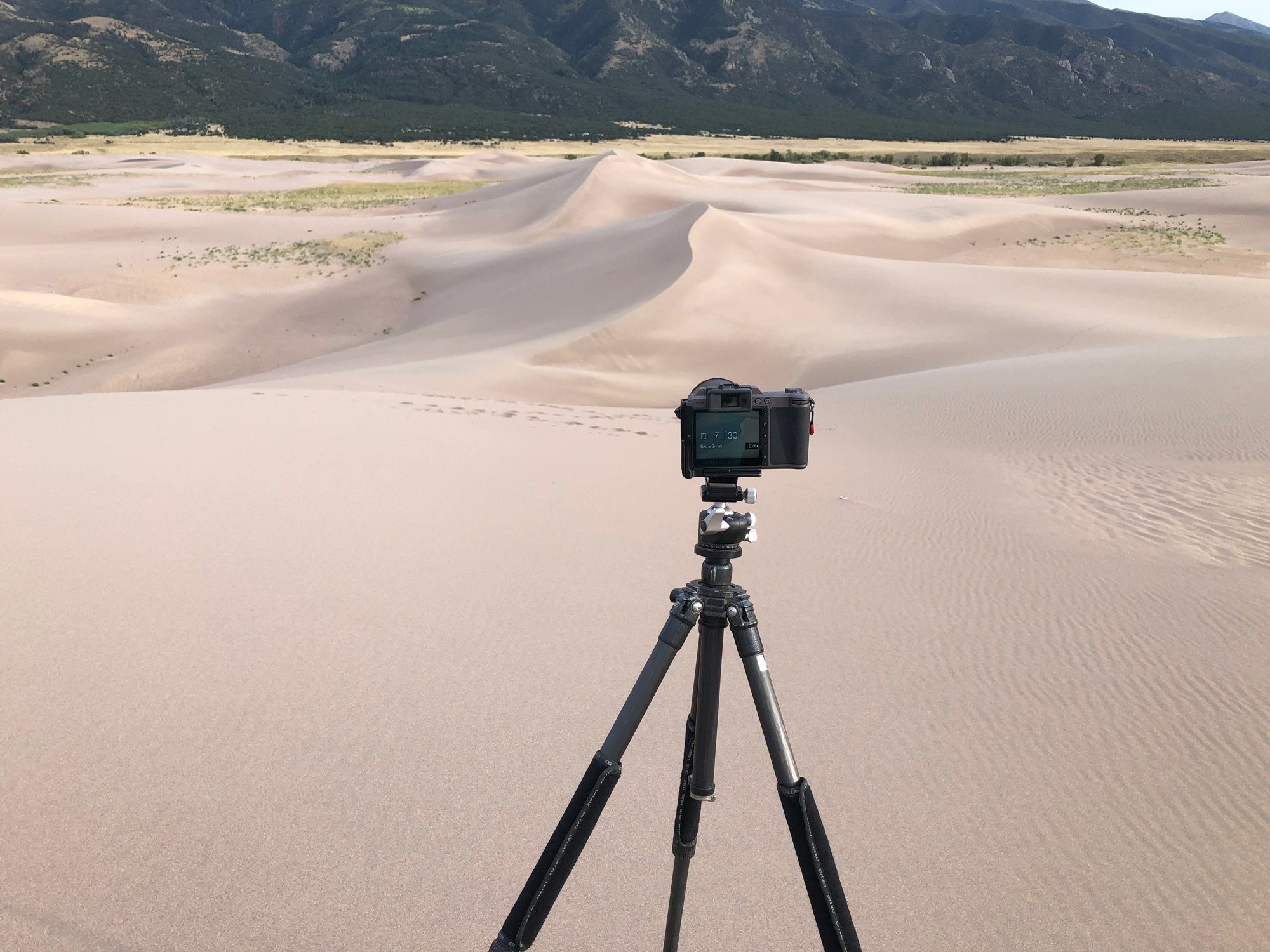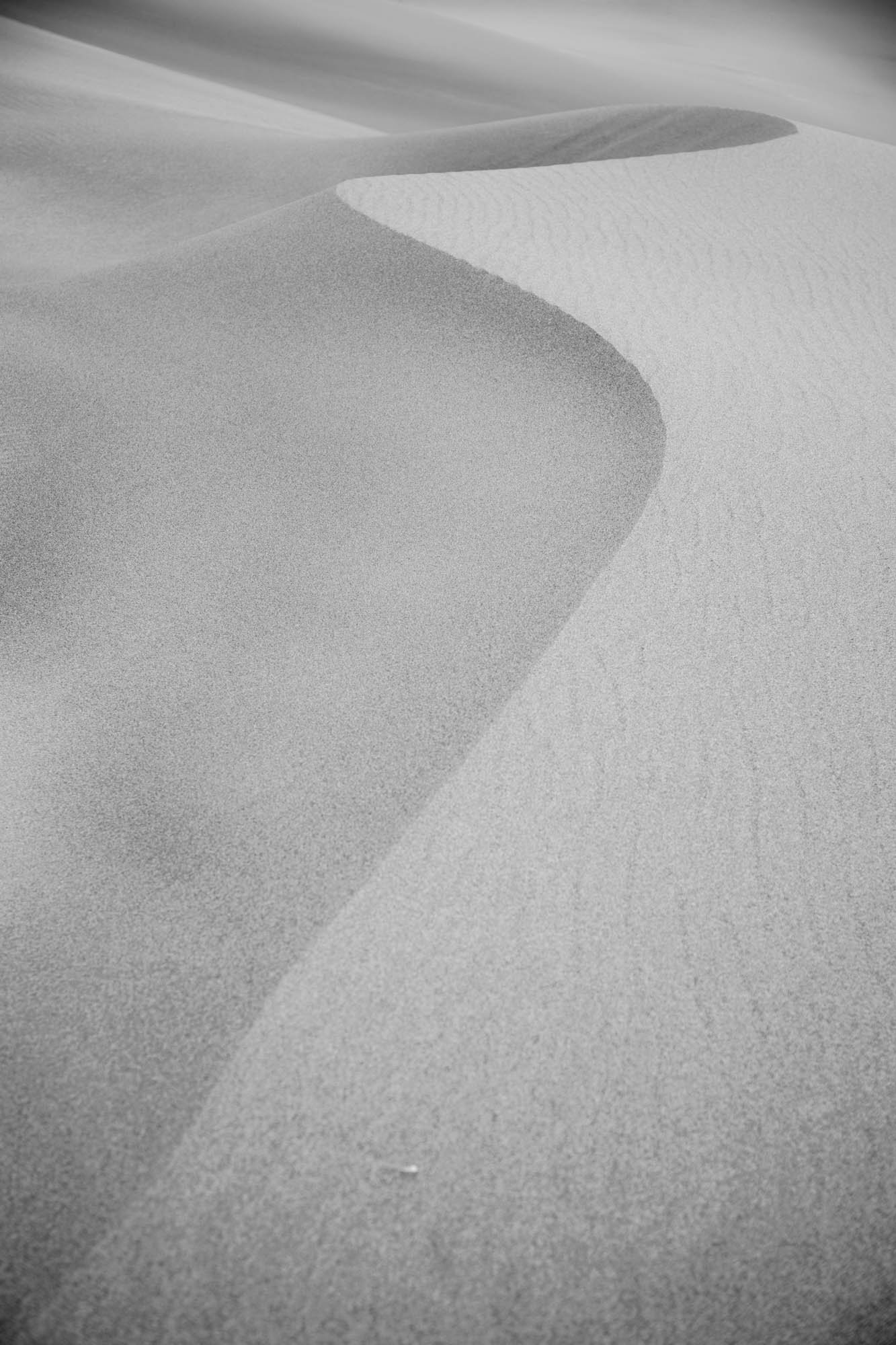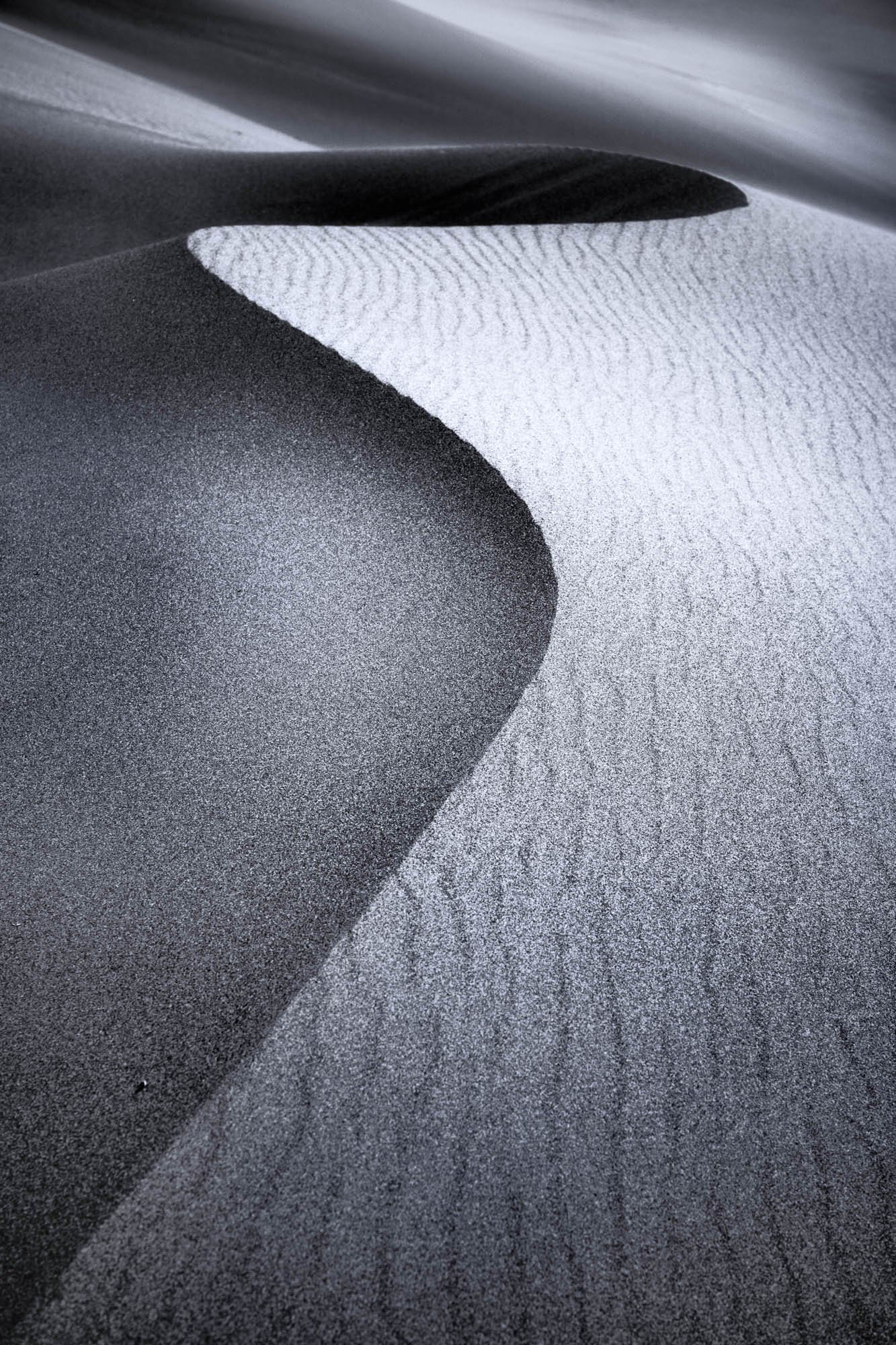Sunset Dune
GREAT SAND DUNES NP
SUNSET DUNE
A BRIEF SUMMARY OF SUNSET DUNE
The Great Sand Dunes National Park is North America's largest and tallest sand dunes. The tallest dune stands over 700 ft., and the dunes are a massive 30 square miles!
The dunes provide endless compositions with every shape imaginable. However, when photographing sand dunes, I look for abstracts or moods created by curves and shadows.
After a few hours of hiking and scouting for compositions (trying to keep up with my good friend Jeff Davis - who was heading for the top of the dunes), I stumbled on this composition that caught my eye. Oddly enough, this shot was facing down the dunes when I was mostly looking up. Sometimes, the best shots are found in the middle of the obvious.
Images and location summary by Tim Wier
Annual Subscription
Lifetime Membership
DATA POINTS INCLUDED WITH SUNSET DUNE SUMMARY
I rate the difficulty of this trail as a 2 on a scale of 1-5 (with 5 being the most difficult). The hike to this location is roughly a mile from the parking area. However, you will be hiking in sand (sometimes deep and uphill), so it can be challenging.
My style for photographing dunes is about looking for abstracts or moods created by curves and shadows. And sometimes, these abstracts are found in the middle of the obvious, so always look around (up and down the dunes). For abstract and moods, I much prefer a sky with NO CLOUDS.
I found this location a few years back, but the lighting was terrible (completely overcast with no contrast) - see the image below. Because the lighting was so flat, all I could do was create contrast and make it into a black and white. I returned in 2021 to the same spot, looking for a more contrasty opportunity. Over the years, the dune had shifted, but a similar "S" curve still was present.
For the main image above, I arrived at the location about 2 hours before sunset and waited for the right shadows and contract. For me, this was about an hour before sunset. As mentioned above, this shot was taken pointing DOWNHILL from a higher dune.
Special Note: The Dunes are constantly shifting shapes as they are formed and moved by wind, so what is present one year may be completely different the next. It is important to stop and look at what you are seeing to identify unique photos.
Depending on your type of dune composition, you should bring a standard lens or a medium telephoto. I prefer more compression/abstract images when shooting the dunes, so I usually carry a medium telephoto lens. The image above was taken with a 180 mm equivalent lens.
xxx Ft. Elevation
Other Resources Available with Membership
KMZ Trail File
Directions
Best Time of Day to Shoot
Best Time of Year to Shoot
Equipment Needed
Permits Required
Direction of Shot
Google Maps Birds-Eye-View
Number of Photographers to Expect
Cell Service
Overnight Lodging/Camping
Nearby Restaurants
Area Guides and Workshops
Other Resources



